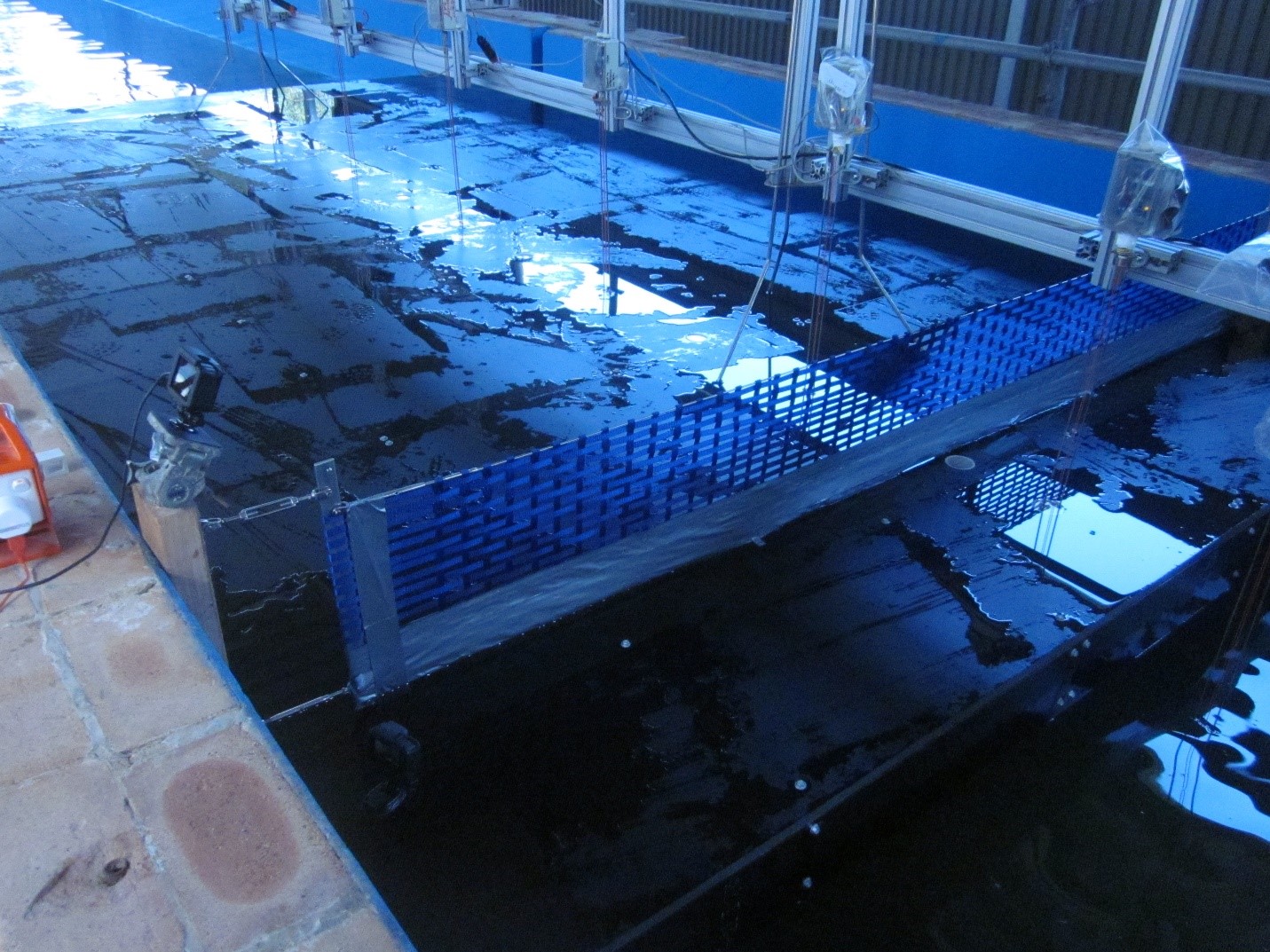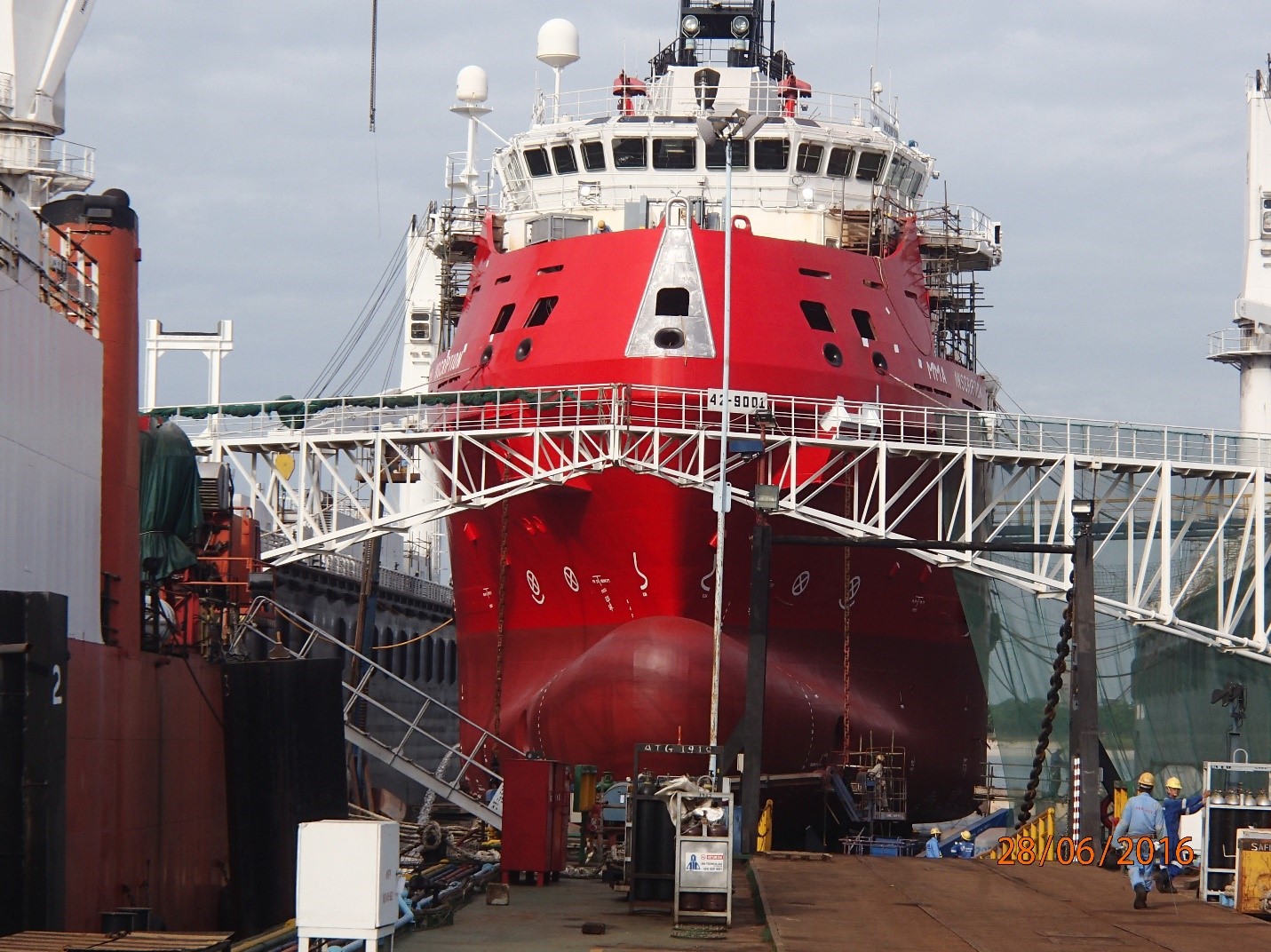PROVIDING A VESSEL IS NOT ENOUGH TO STAND OUT FROM THE CROWD
MMA OFFSHORE - Adding Value is Key to Supporting Customers
When you think of “old school” industries, shipping and vessel operations might just top the list. As long as people and goods needed to move around the oceans there have been boat operators. The past business model was straightforward. Build or buy a vessel (capex) and recover the investment via fees paid over time by moving those people and goods around. Nothing to it, just keep afloat and keep billing.
The bad news today is there are plenty of active Offshore Service Vessels (OSV) in the market with additional supply lying dormant in layup or in build. Anyone following the vessel construction market sees a dire situation in the form of oversupply. In March of 2017 Vessels Value, a group of analysts that follow yard activity, reported that an already oversupplied market was facing a record number of deliveries. Data published in October of 2017 showed that only 20% of 465 vessels slated for delivery had been delivered.
The good news is that the worst looks to be over as oil prices have rebounded a bit and growing confidence in the offshore industry should see demand pick up. This will not totally mitigate what looks like a daunting oversupply situation as Clarksons’ analysts estimate that 26% of the global OSV fleet is laid up. With supply so far outstripping demand prices for OSV vessels look certain to remain flat. So, what can an operator do? There are limits to how far down operators can go in this “race to the pricing bottom.”
As OSV demand recovers, those with modern, high quality tonnage, and a strong operational and safety track record are in a strong position to ride the market up. Increasingly, the top players like MMA Offshore have found ways to add value and service to maintain or bolster pricing.
MMA Offshore has always considered itself a “service provider” and not just a “fleet for hire” player. To offer service that drives customer value MMA Offshore has long looked to deliver innovative solutions. Consider these two technical modifications:
Stern Wave Breaker
During heavy storms, it is possible that large waves will flow onto the deck of the vessel. This problem is known as “shipping water,” “deck wetness” or “green water loading.” Whatever name is used it equals cost in the way of potential damage to the vessel and safety risks to the personnel.
MMA’s solution was to create an engineered solution that would reduce “green water” on the deck. The key considerations were:
- Volume of water on deck (depth & extent)
- Velocity of water which is “reflected” from stern wave breaker
- Tension in wave breaker and resulting loads on vessel structure
- Stern wave breaker durability
- Practical and cost-effective
The solution was a wave break barrier (synthetic, removable barrier) with an alert system. This value-added addition to the MMA solution helped solve an issue that added value to the MMA offering and aligned with MMA’s innovative culture and questioning of the status quo.

Bow Winch Addition to Cross-Utilize a Vessel
In September 2015, ConocoPhillips (COP) re-tendered for the provision of one platform support vessel (PSV) to support their Bayu Undan operations. The problem, normal PSV’s don’t have a bow winch, therefore COP’s offshore fleet included 2 offtake immediate support vessels (ISV) and 1 PSV.
Bow winch arrangements will allow vessels to conduct offtake operations and cargo transportation. A customized technical solution would reduce logistics constraints. MMA integrated a bow winch into a PSV to service in the Bayu Undan field. The project scope was to:
- Provide a PSV with an integrated bow winch
- Conduct simulation studies at one of the world’s most advanced marine studies institutes - MARIN in the Netherlands
- Procurement of a high specification render recovery winch
- Modifications to vessel
Through the development of a Dual-Purpose vessel, COP’s offshore fleet could be reduced from 3 to 2 vessels at significant cost savings.

Think Service
This service approach is not unlike the challenges that many business-to-business (B2B) industries have struggled with to stay out of the commoditization sector. It is just not enough to provide your base service – more is needed to set you apart from the competition. According to McKinsey, while B2C companies enjoy an average customer service score in the 65 to 85 percent range, B2B scores average less than 50 percent. The traditional “sales led” relationship model is showing signs of breaking down.
The long-term relationship building that underpinned B2B sales in the past is being replaced by the more immediate XaaS model (X-as-a-Service). In short, service is becoming more important and the core product is no longer sufficient. Some industries like information technology (IT) is being totally disrupted as in-house services give way to the cloud and company “owned” hardware is no longer needed. This concept is sure to be extended to other industries including the OSV market.
The high oil prices of a few years ago and cheap financing fueled an unsustainable buildup of OSV fleets. Now the shake out begins and OSV operators must find ways of delivering more value as “Providing the Vessel is NOT enough."